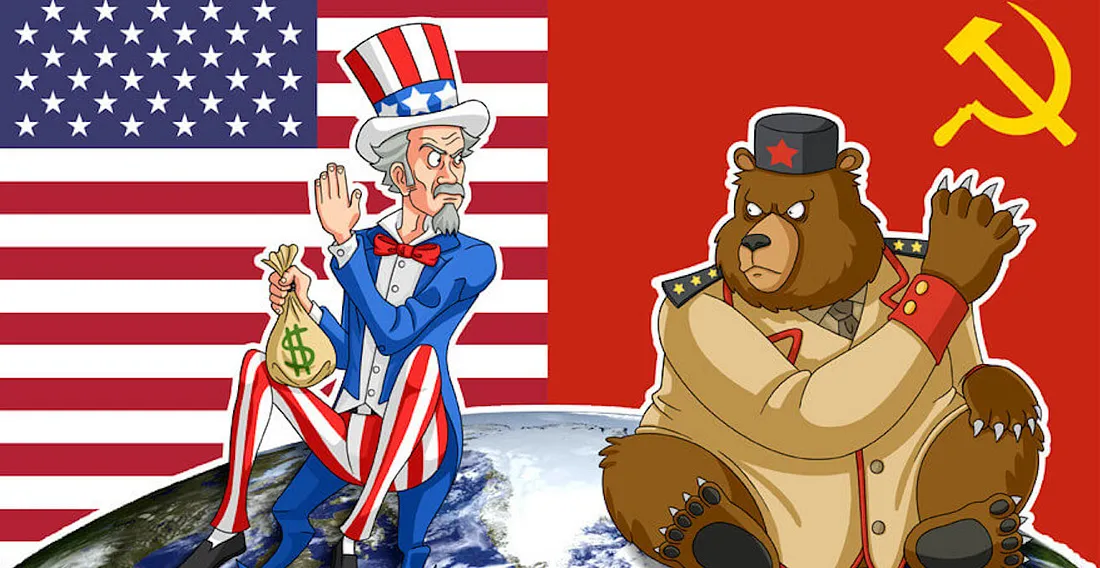
An Overview
During the Cold War era in the United States, the term "Cold War liberalism" emerged to describe a form of activism characterized by open and outspoken advocacy for various social causes. This brand of liberalism encompassed efforts aimed at promoting freedom of speech and civil rights, with a focus on inclusivity and collective participation.

Advocacy for Civil Rights and Social Justice
Cold War liberalism saw vigorous lobbying by minority groups and human rights campaigners, including prominent figures such as Martin Luther King Jr.
Achievements Through Activism
One of the notable achievements of Cold War liberalism was the advancement of labor rights through trade union lobbying.
Key Events in Cold War Liberalism
The infamous confrontation in Selma, Alabama, in 1965, known as "Bloody Sunday," exemplifies how Cold War liberalism contributed to the agenda of inclusion.
Expanding Activism
Beyond racial equality, Cold War liberalism fostered activism across various fronts. Northern campus protests, such as the SDS sit-in at Woolworth's and demonstrations in Michigan advocating for "participatory democracy," reflected the broader push for social change.


